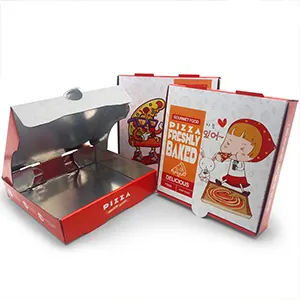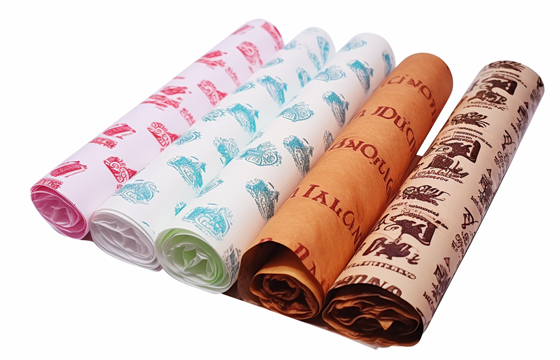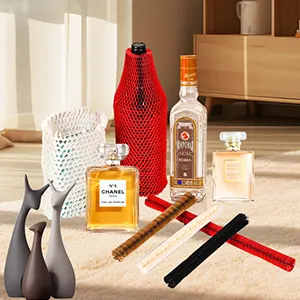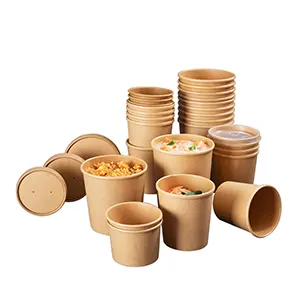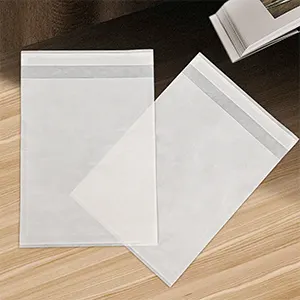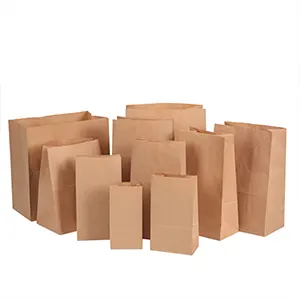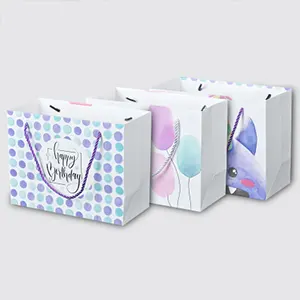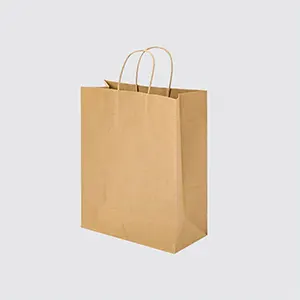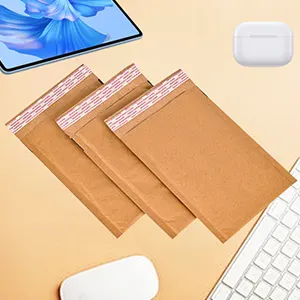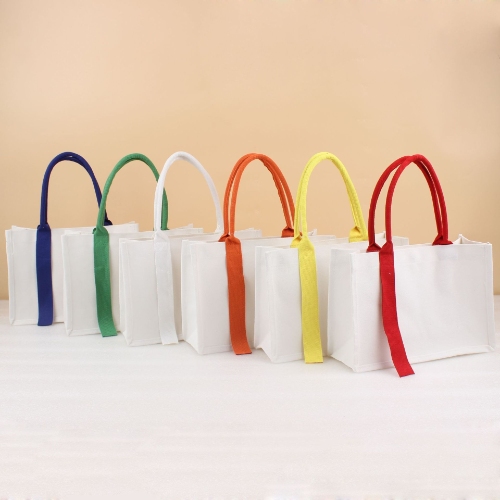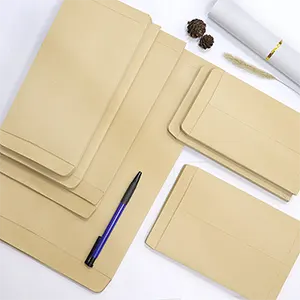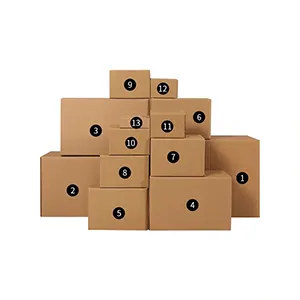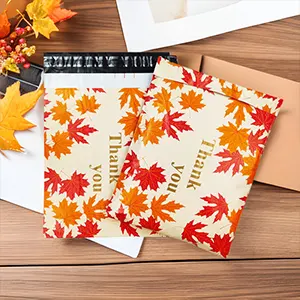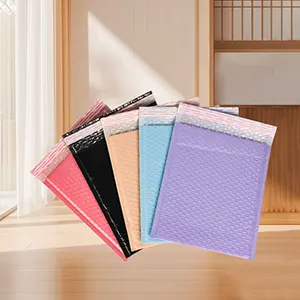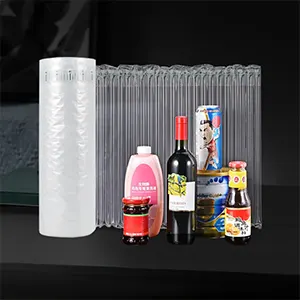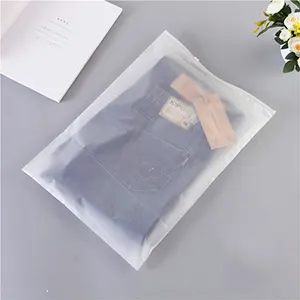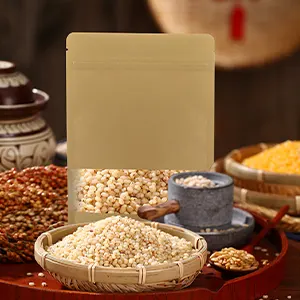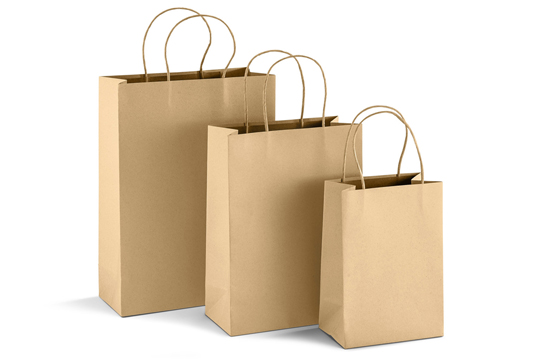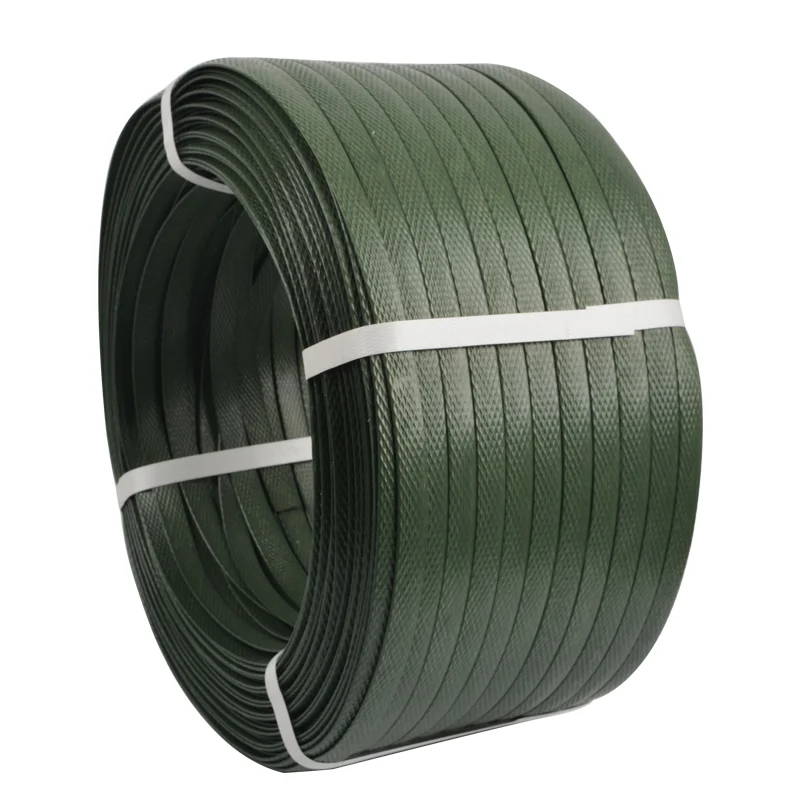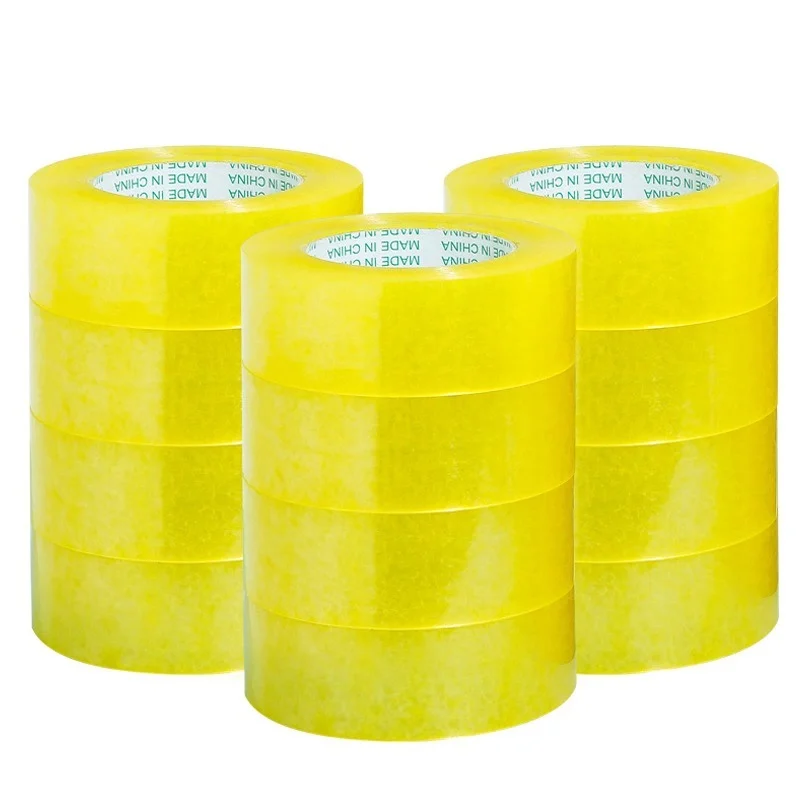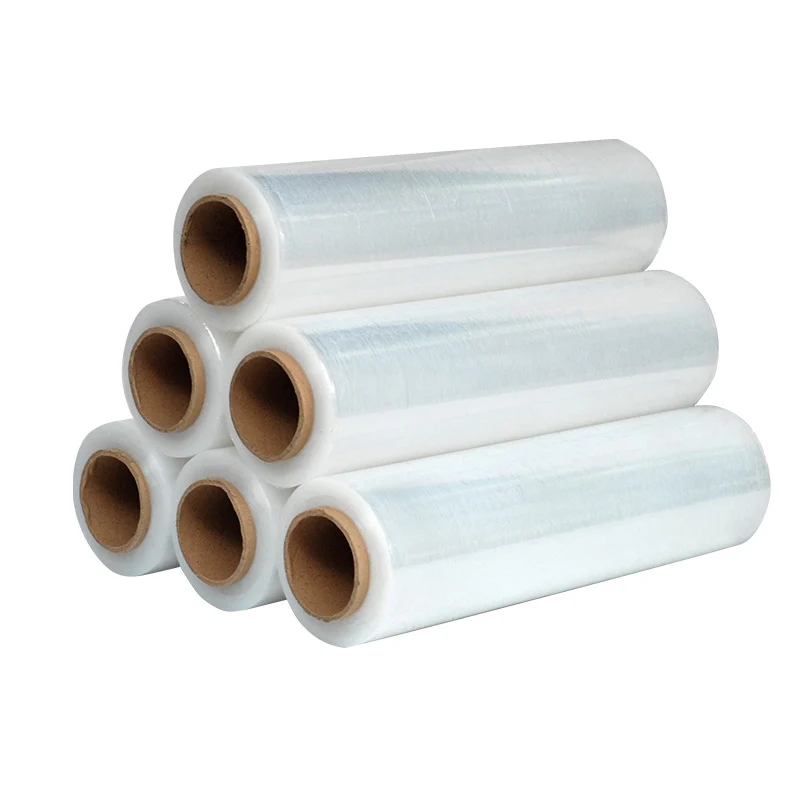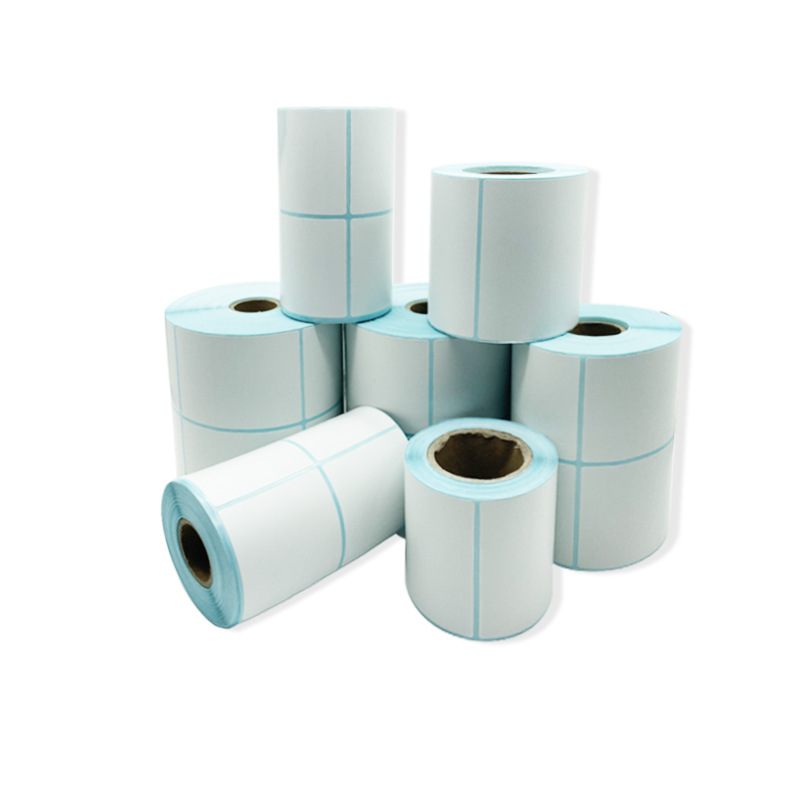Greaseproof Paper Sheets for Baking: The Easy Hack for Perfect Results
Using greaseproof paper sheets for baking is a simple, effective hack that can dramatically improve your results in the kitchen. This humble pantry staple is a secret weapon used by professional chefs and savvy home bakers alike. Its unique properties solve some of the most common and frustrating baking problems, from cookies sticking to cakes burning on the bottom. More than just a simple liner, greaseproof paper is a versatile tool that simplifies cleanup, promotes even cooking, and even enables a variety of advanced culinary techniques. This comprehensive guide will explore every facet of using greaseproof paper for baking, revealing how this one easy hack can lead to consistently perfect results.
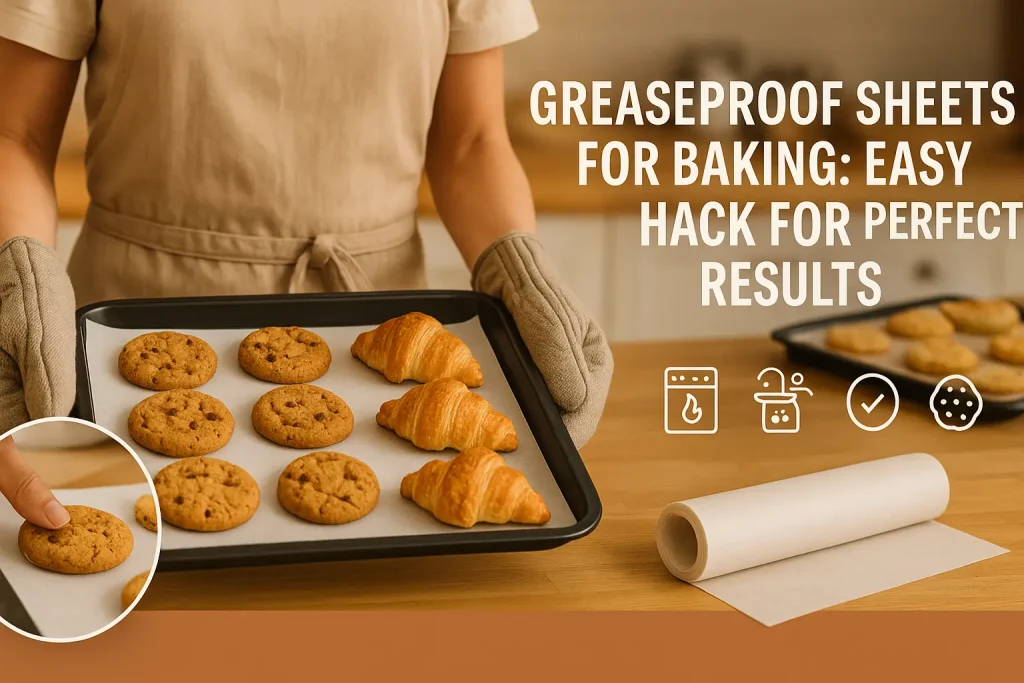
The Science of Greaseproof Paper in the Oven
To understand why greaseproof paper is so effective for baking, it is important to understand the science behind the material and how it behaves under heat. It is not just ordinary paper; it is an engineered product designed to perform specific functions in a hot, demanding oven environment. Its properties are what make it an indispensable tool for any serious baker.
How Grease Resistance Works Under Heat
The primary feature of greaseproof paper is its ability to block oil and fat. This is achieved through a mechanical refining process called supercalendering, which makes the paper’s fibers incredibly dense. This dense structure prevents large grease molecules from passing through. When used in baking, this property is crucial. It means that the rendered fat from a pastry or the butter from a cookie will not soak through the paper and onto the pan. This helps to keep the bottom of the baked good from becoming overly greasy and helps to prevent it from sticking.
Understanding Heat Resistance and Temperature Limits
While greaseproof paper is designed for use in the oven, it does have temperature limits. Most high-quality greaseproof papers are rated as oven-safe up to a certain temperature, typically around 200-220 degrees Celsius (400-425 degrees Fahrenheit). It is important to know the rating of your specific paper. If the temperature gets too high, the paper can become brittle and may begin to scorch or turn dark brown. However, for most standard baking and roasting applications, it is perfectly safe and effective.
Greaseproof Paper vs. Silicone-Coated Parchment Paper
This is a critical distinction for bakers. While the terms are often used interchangeably, greaseproof paper and parchment paper are different products. Greaseproof paper resists grease due to its dense structure. Parchment paper, on the other hand, is a paper that has been coated with a micro-thin layer of silicone. This silicone coating makes parchment paper extremely non-stick and gives it a higher heat resistance than most greaseproof papers. For very delicate or sticky items, like meringues or certain candies, parchment paper is often the superior choice. However, for a huge range of everyday baking tasks, the grease resistance of a quality greaseproof paper is more than sufficient. For a more detailed look, the Wikipedia page on Parchment paper provides good context.
The Benefits of Unbleached vs. White Greaseproof Paper Sheets
Greaseproof paper is commonly available in two colors: white and brown. The difference is in the manufacturing process. White greaseproof paper sheets have been bleached to remove the natural color of the wood pulp. Unbleached paper, which is brown, has not undergone this process. From a performance perspective in the oven, there is no significant difference between the two. The choice is primarily a matter of aesthetic preference. Many bakers prefer the rustic, natural look of unbleached paper.
The Most Common Use: Lining Baking Sheets and Trays
The most fundamental and widespread use of greaseproof paper sheets for baking is to line baking sheets, trays, and pans. This simple act solves a multitude of problems at once. It creates a barrier that simplifies cleanup, helps food cook more evenly, and prevents sticking. It is the first technique any baker should master.
For Baking Cookies: Preventing Spreading and Burning
Lining a cookie sheet with greaseproof paper is a classic technique. It provides a surface that prevents the cookie dough from sticking to the metal tray. It also acts as a slight insulator. This helps to buffer the intense heat from the metal, which prevents the bottoms of the cookies from burning before the tops are perfectly baked. Some bakers also find that the paper provides a small amount of friction, which can help to prevent certain types of high-fat cookie dough from spreading too much.
For Roasting Vegetables: Easy Cleanup for Caramelized Bits
When you roast vegetables like broccoli, carrots, or potatoes, the goal is to get a nice, caramelized brown exterior. This process often involves tossing the vegetables in oil, which can bake onto the roasting pan, creating a stubborn, burnt-on mess. By lining the pan with greaseproof paper, you can still achieve that perfect caramelization. The paper will catch all the oil and any caramelized bits, making cleanup as simple as throwing the paper away.
For Sheet Pan Dinners: Keeping Ingredients Separate
Sheet pan dinners are a popular and easy way to make a complete meal. However, different ingredients cook at different rates and can release a lot of liquid. A large greaseproof paper sheet can be used to create sections on the pan. You can place your chicken on one part and your vegetables on another. The paper helps to contain the juices from each ingredient, preventing the whole meal from becoming soggy.
Why a Pre-sized Baking Sheet Greaseproof Paper is so Efficient
For maximum efficiency, especially in a commercial setting, using a pre-sized baking sheet greaseproof paper is a smart choice. These sheets are cut to the exact dimensions of standard full, half, or quarter sheet pans. This eliminates the need for cutting and trimming, saving valuable time during a busy baking session. For home bakers, they offer a convenient, no-fuss solution.
Advanced Baking Techniques with Greaseproof Paper
Beyond simple lining, a greaseproof paper sheet is a versatile tool that can be used for a number of more advanced baking and cooking techniques. Its ability to be folded, shaped, and used as a barrier opens up a world of culinary possibilities.
Lining Cake Tins (Round and Square)
Properly lining a cake tin is the secret to ensuring your cake comes out cleanly without sticking. Greaseproof paper is the perfect material for this. For a square or rectangular tin, you can create a "sling" by cutting a piece of paper that is wide enough to cover the bottom and come up two of the sides. This allows you to easily lift the entire cake out of the tin after it has cooled. For a round tin, a circle of paper is placed in the bottom, and a long strip is used to line the sides.
Making a "Cartouche" for Braising and Poaching
A "cartouche" is a French culinary term for a lid made out of paper. When you are braising or poaching something on the stovetop, you often want to reduce the liquid slowly without it evaporating too quickly. A metal lid can trap too much steam. A cartouche is the perfect solution. A circle of greaseproof paper, with a small hole cut in the center, is placed directly on the surface of the liquid. It slows down evaporation while still allowing some steam to escape.
Crafting "En Papillote" Pouches for Fish and Vegetables
"En papillote" means "in paper" in French. It is a healthy and elegant cooking method where food is steamed inside a sealed paper pouch. A piece of greaseproof paper is folded in half. Ingredients like a fillet of fish, thin-sliced vegetables, herbs, and a splash of wine are placed on one side. The edges of the paper are then folded and crimped tightly to create a sealed packet. When baked, the ingredients steam in their own juices, creating a tender, flavorful, and self-contained meal.
Creating Stencils for Decorating Cakes
A sheet of greaseproof paper can be easily cut to create custom stencils for decorating. You can draw a design on the paper and then carefully cut it out with a craft knife. The stencil can then be placed over a cake, and powdered sugar or cocoa powder can be sifted over the top. When the stencil is lifted away, it leaves a beautiful, clean design.
Working with Doughs and Pastries
For anyone who works with doughs and pastries, greaseproof paper sheets for baking are an absolutely essential tool. They provide a perfect, non-stick work surface and can be used in a variety of ways to make the process cleaner, easier, and more successful.
A Non-Stick Surface for Kneading and Rolling
A large sheet of greaseproof paper is an ideal surface for kneading sticky bread dough or rolling out delicate pastry. It prevents the dough from sticking to the countertop without requiring the use of excess flour. Too much extra flour can make the final baked good tough and dry. The paper provides a non-stick surface that keeps the dough's hydration level correct.
Chilling and Transporting Pastry Dough
Many pastry recipes require the dough to be chilled in the refrigerator before it is used. Rolling the dough out on a sheet of greaseproof paper makes this process easy. The dough can be rolled to the perfect thickness and then the entire sheet of paper can be lifted and placed on a tray to go into the fridge. It also makes it easy to transport the delicate, rolled-out dough and flip it into a pie plate without it breaking.
Blind Baking a Pie Crust with a Greaseproof Liner
"Blind baking" is the process of pre-baking a pie or tart crust before adding the filling. To prevent the crust from puffing up or shrinking during this process, the pastry is lined with a piece of greaseproof paper and then filled with pie weights or dried beans. The greaseproof paper creates a barrier that is strong enough to hold the weights but will not stick to the delicate pastry.
Preventing Cross-Contamination with Raw Dough
Using a sheet of greaseproof paper as a work surface is also a good practice for food hygiene. It creates a clean barrier between the dough and the countertop. This is especially useful in a busy kitchen where multiple tasks are happening at once. It helps to prevent any cross-contamination and makes the cleanup process much faster. This is particularly relevant when using the paper for greaseproof paper sheets for food in general.
The Benefits for Cleanup and Kitchen Hygiene
One of the most universally loved benefits of using greaseproof paper sheets for baking is the dramatic simplification of cleanup. This is a major advantage in both home kitchens and professional food service environments. The time and labor saved on washing dishes is a significant and tangible benefit.
Eliminating the Need to Scrape and Scrub Pans
Baked-on sugar, rendered fat, and caramelized food bits can be incredibly difficult to clean from a metal pan. It often requires a long soak and a lot of vigorous scrubbing. By lining the pan with greaseproof paper, you catch all of this mess. The paper creates a protective barrier that keeps the pan almost perfectly clean. This can reduce the cleanup time for a roasting pan from ten minutes of hard scrubbing to just a few seconds of light washing.
A Hygienic Barrier for Food
The paper also provides a clean and hygienic surface for food. It creates a barrier between the food and any potential scratches or residues on an older baking sheet. This is especially important in a commercial setting where high standards of food safety are paramount. It ensures that the food is only touching a clean, fresh, and food-grade surface. This is a key benefit in the world of catering with greaseproof paper sheets.
Containing Messes from Icing and Decorating
A full sheet of greaseproof paper is the perfect drop cloth for messy decorating projects. Place a cooling rack with a freshly glazed cake on top of a sheet of paper. The paper will catch all the drips of icing. When decorating cookies with sprinkles, the paper will catch all the excess, which can then be easily funneled back into the jar. It is a simple way to contain the mess and make cleanup a breeze.
Technical Guide: How to Use Greaseproof Paper Like a Pro
To get the absolute best results from your greaseproof paper, there are a few professional tips and techniques that are helpful to know. These small tricks can solve common frustrations and help you to use the paper more effectively.
How to Cut a Perfect Circle for a Round Cake Tin
Lining a round cake tin perfectly is easy with this simple trick. Take a square piece of greaseproof paper that is larger than your tin. Fold it in half, then in half again to form a smaller square. Then, fold that square diagonally to form a triangle. Repeat the diagonal fold one or two more times until you have a narrow, pointed cone. Place the point of the cone at the exact center of your cake tin and cut the wide end of the cone so it is level with the edge of the tin. When you unfold the paper, you will have a perfect circle.
How to Make the Paper Stay Put in the Pan
A common annoyance is that the paper tends to curl up and not stay flat in the pan. The easiest way to solve this is to crumple the cut piece of paper into a tight ball. Then, smooth it back out. This breaks the paper's "memory" and makes it much more pliable. It will now lie flat in the pan. For extra security, you can put a small dab of butter or oil in each corner of the pan before laying the paper down. This will act like a glue and hold it in place.
Should You Grease the Paper Itself?
This depends on what you are baking. Greaseproof paper is grease-resistant, but it is not completely non-stick. For high-fat recipes like butter cookies or scones, you usually do not need to grease the paper. For lower-fat or stickier recipes, like a fat-free sponge cake or certain meringues, it is a good idea to lightly grease the paper with some butter or an oil spray. This will provide a guaranteed easy release.
Recognizing the Temperature Limits of Your Paper
Always check the packaging of your greaseproof paper for its maximum oven-safe temperature. While most will be fine for standard baking, you should not use it for very high-heat applications like broiling or cooking on a pizza stone. Exceeding the temperature limit can cause the paper to become very brittle and to scorch, which can impart a burnt flavor to your food.
Troubleshooting Common Baking Problems with Greaseproof Paper
Greaseproof paper can be a solution to many common baking woes. By understanding how it interacts with heat and food, you can use it to troubleshoot and improve your results.
Problem: Cookies are Spreading Too Much
Some high-butter cookie doughs can spread too much in the oven, resulting in thin, crispy cookies. Baking them on a sheet of greaseproof paper can sometimes help. The paper provides a slightly less slick surface than a greased metal pan, which can help to slow down the initial spread of the cookie as it heats up.
Problem: The Bottoms of Baked Goods are Burning
If you find that the bottoms of your cakes, cookies, or scones are consistently burning before the tops are cooked, your oven may have a hot spot or your pans may be too dark and thin. Lining the pan with greaseproof paper provides a layer of insulation that buffers the direct heat. This can be a very effective way to promote more even baking and prevent burnt bottoms.
Final Thoughts
The simple greaseproof paper sheet for baking is one of the most versatile, effective, and transformative tools a baker can have. It is a true kitchen hack that delivers professional-level results with minimal effort. From ensuring the perfect, even bake on a delicate cookie to enabling advanced techniques like en papillote, its applications are vast. It provides the invaluable benefits of a non-stick surface and an incredibly easy cleanup. By understanding its properties and mastering a few simple techniques, any baker can use this humble paper to solve common problems and consistently create more beautiful and delicious baked goods.
JERL has been working hard on the road of custom packaging. Next time when you feel the need to impress someone with your brand, think of JERL Packaging!

